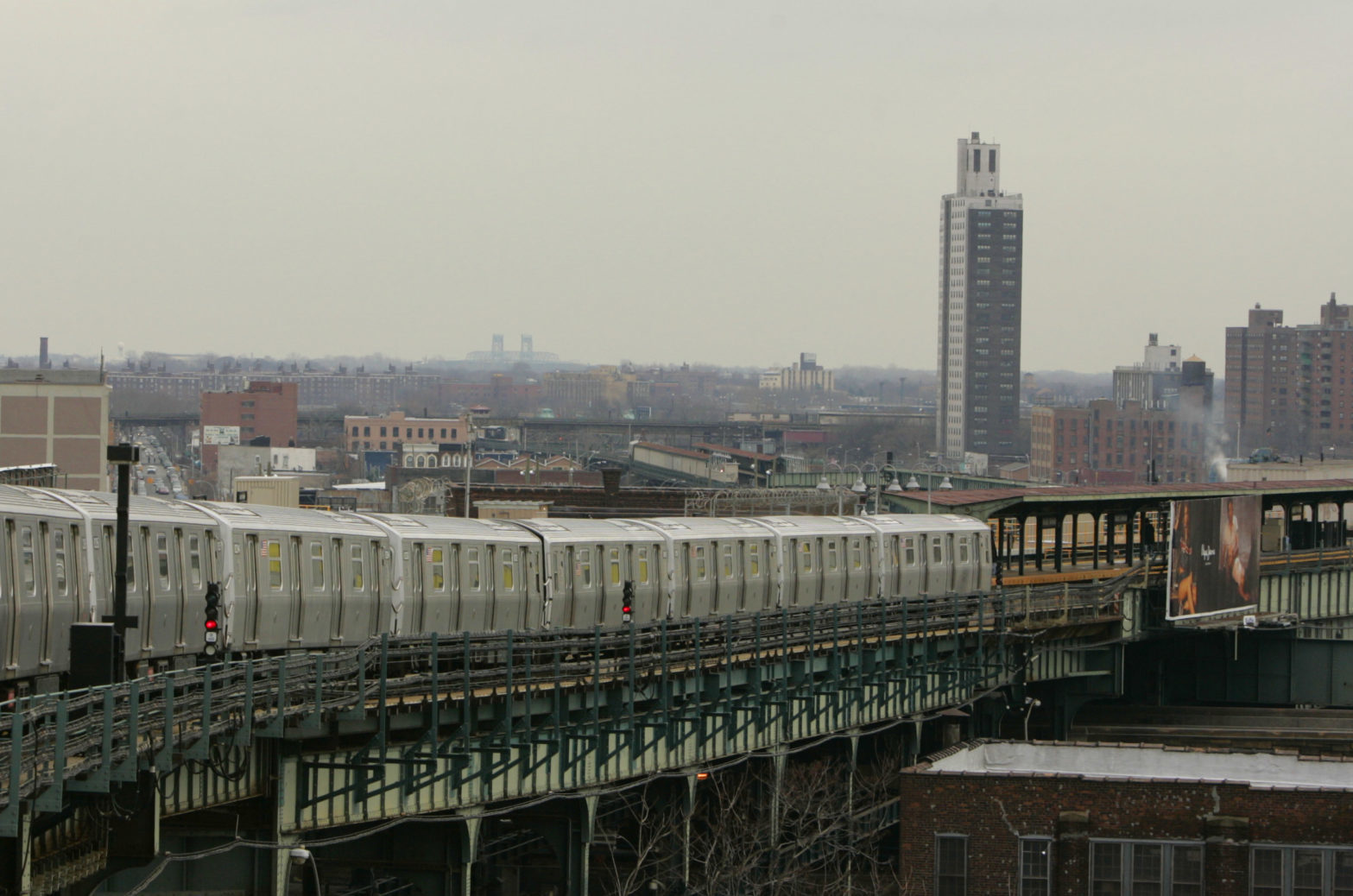OPINION: The Triboro Line may seem great — but it probably won’t happen

A proposal for a Brooklyn-Queens-Bronx rapid transit line that would use existing railroad tracks and share them with freight lines, introduced by Regional Plan Association in 1996, was given a boost this June when Brooklyn State Assemblymember Latrice Walker introduced a bill that directed the MTA to study its feasibility.
Beforehand, the proposal, known as the Triboro line, languished on the back burner, despite keen interest from the press and local planners. The new interest may have been spurred by the fact that the MTA, after years of inertia, is building again, as evidenced by the Second Avenue Subway and the still-incomplete Long Island Rail Road East Side Access project.
Key to the Triboro proposal, according to the RPA website, is the idea that today’s subway system, built to connect the outer boroughs with Manhattan, is inadequate for the growing number of people who don’t work in Manhattan but work in Brooklyn, Queens and the Bronx (we’ll leave Staten Island out of this for the time being).

Brooklyn Boro
View MoreNew York City’s most populous borough, Brooklyn, is home to nearly 2.6 million residents. If Brooklyn were an independent city it would be the fourth largest city in the United States. While Brooklyn has become the epitome of ‘cool and hip’ in recent years, for those that were born here, raised families here and improved communities over the years, Brooklyn has never been ‘uncool’.